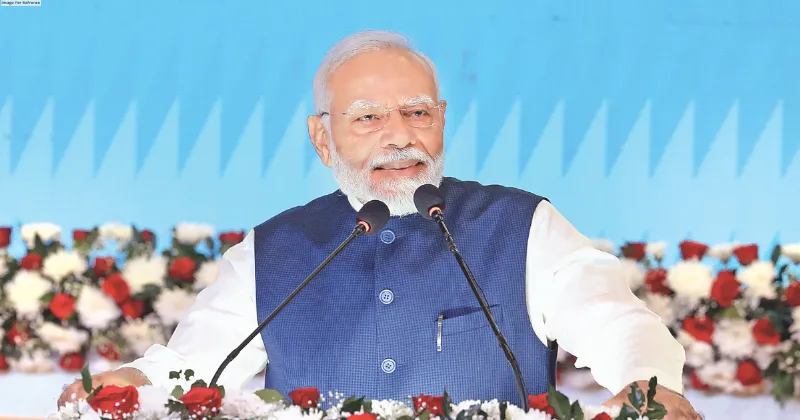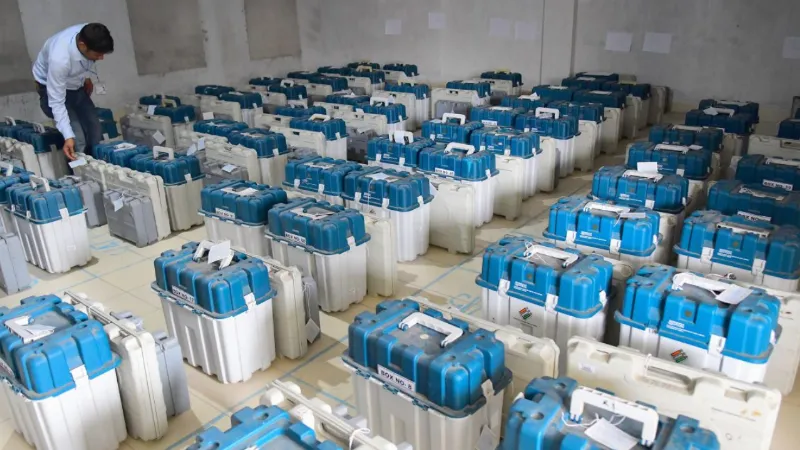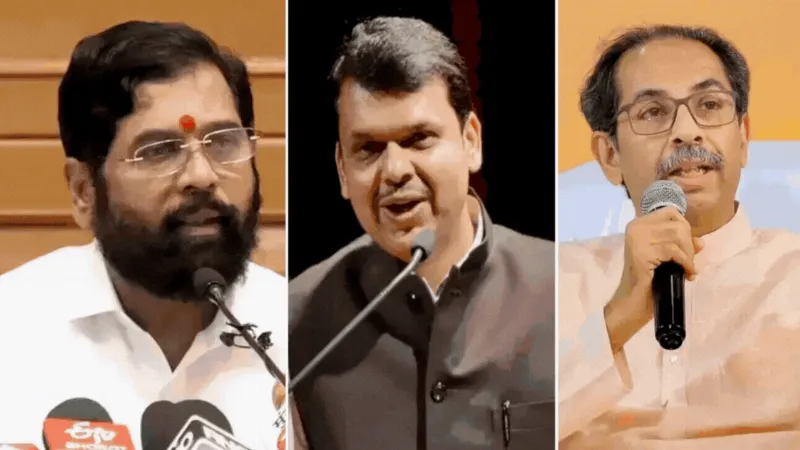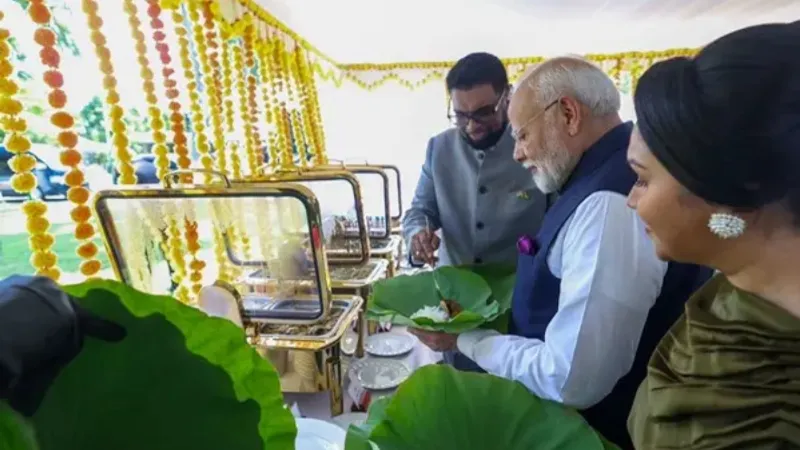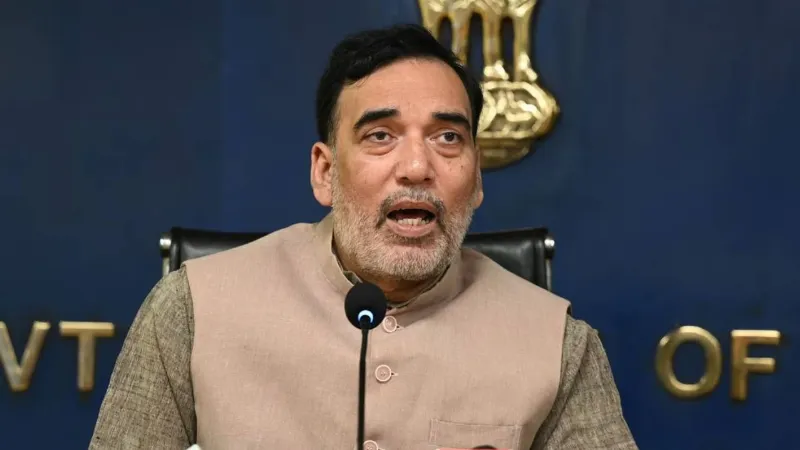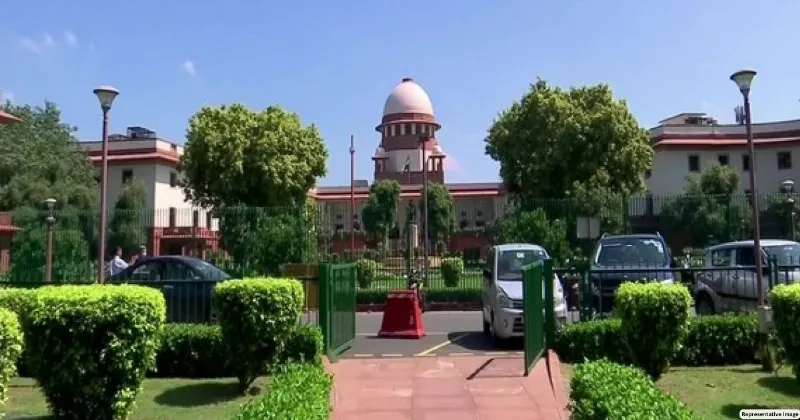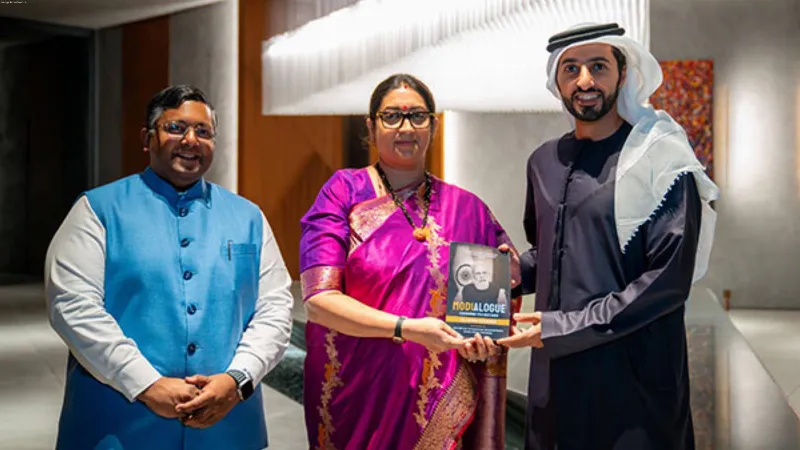DECODING RAJ’S ‘FINANCIAL ROADMAP’

The Rajasthan Budget 2024- 25, unveiled by Deputy Chief Minister Diya Kumari, charts a roadmap for the state’s socio-economic progress. With a focus on infrastructure, agriculture, employment, and women empowerment, the budget reflects the government’s commitment to holistic development. The budget holds significance as it is aligned with the vision of the Center to prepare a roadmap for PM Modi’s vision of ‘Developed India’. It reflects a long-term vision for Rajasthan, emphasizing sustainable development over the coming decades.
KEY FOCUS AREAS AND TARGETS
Finance Minister Diya Kumari outlined 10 targets for Rajasthan to achieve by 2047. These targets include developing the state into an economy of $350 billion, focusing on basic facilities like water and roads, empowering farmer families, promoting MSMEs, heritage conservation, green initiatives for environmental protection, human resource development, health for all, ensuring a dignified life for the poor and deprived families, promoting good governance, and fostering urban-rural and regional development with planned strategies.
WOMEN EMPOWERMENT & YOUTH DEVELOPMENT INITIATIVES
The budget places a significant emphasis on women empowerment. Initiatives such as the Lakhpati Didi Yojna, offering loans at a 2.5% interest rate to self-help groups, opening new Anganwadis, Maa Badi centres, and constructing bio pink toilets for women all demonstrate a commitment to enhancing the status and wellbeing of women in Rajasthan.
Recognizing the importance of youth in shaping the future of the state and the country, the budget announces a new youth policy. It also includes plans for 4 lakh new recruitments over five years, generating more than 10 lakh employment opportunities, initiating new internship programs, and providing skill development training to over 1.50 lakh youth. These efforts align with PM Modi’s emphasis on empowering and engaging the youth, also reflecting the ‘Atal Udyam Yojana’ and support for startups and innovation.
GREEN ENERGY FOCUS
Solar Parks and Renewable Energy Adoption. With the establishment of two new solar parks and a gradual transition of government offices to solar energy, Rajasthan aims to emerge as a frontrunner in green energy adoption. Initiatives like local electricity connections for households and the installation of smart meters further reinforce the state’s commitment to sustainable energy practices. The plan to establish a Model Solar Village in every district, along with the installation of a 2 MW Decentralized Solar Plant, signifies the state’s commitment to renewable energy sources and environmental sustainability.
INFRASTRUCTURE AND WATER SUSTAINABILITY INITIATIVES
The budget earmarked substantial funds for the repair of 1,343 roads damaged by Cyclone Biparjoy, signaling the government’s commitment to infrastructure restoration and resilience. Additionally, plans were unveiled for the creation of a 13,500-kilometer road network in the state at a projected cost of Rs 60,000 crore over the next five years. Significant focus was placed on water-related initiatives, with the announcement of the Jal Jeevan Mission aimed at connecting 25 lakh rural households with tap water supply. The budget detailed six major drinking water projects, alongside comprehensive plans for the improvement of drinking water infrastructure in 183 cities of Rajasthan.
Infrastructure investment plays a vital role in driving economic growth and bolstering tax revenue through various channels. By enhancing connectivity and efficiency, infrastructure projects stimulate economic activity, expanding the tax base and increasing revenues from businesses and individuals. Additionally, infrastructure investments create job opportunities in sectors like construction and engineering, leading to higher personal income and subsequently boosting personal income tax collections. Furthermore, improved infrastructure can elevate property values in surrounding areas, resulting in higher property tax revenues for the government.
Moreover, infrastructure development attracts businesses, fostering commercial activity and generating higher corporate tax revenues. The amplification of economic activity triggered by infrastructure projects leads to increased consumption and production, contributing to elevated indirect tax revenues. Private sector involvement through PPPs in infrastructure projects can also contribute to enhanced tax revenue, particularly from corporate taxes. Overall, strategic infrastructure investment not only enhances economic growth but also strengthens tax revenue streams, positioning governments for fiscal stability and long-term prosperity.
CREATION OF FUND FOR TOURISM DEVELOPMENT
Recognizing the vital role of tourism in the state’s economy, with 20,000 families depending on it, the government has allocated Rs. 5,000 crore for tourism development for the next 5 years under, Rajasthan Tourism Infrastructure and Capacity Building Fund(RTICF). The investments will promote heritage, religious, and eco-tourism, with Rs. 200 crore allocated to enhance 20 tourism sites. The Rajasthan Heritage Conservation Board will develop archaeological and heritage sites. Allocations towards the redevelopment of cultural landmarks like the Khatu Shyam Mandir shrine signify the government’s recognition of the economic value associated with heritage conservation and tourism. Leveraging Rajasthan’s rich cultural heritage can drive tourism revenue, create employment in the hospitality sector, and enhance the state’s overall economic attractiveness.
DECODING STATE’S FISCAL POSITION AND WAY FORWARD
The fiscal position of Indian state government reveals an over-reliance on their own revenues, particularly from states’ own tax revenues (SOTR). Discrepancies between the actual and indicated growth of own taxes, devolution from the Centre to states, and a high degree of technical inefficiency in collection of state taxes are noted. Additionally, there has been a significant variation in grants between revised estimates and actual grants from the Centre to the states, leading to concerns about high debt issuance and low capital spending. There is a lack of uniformity in the motor vehicle tax structure across different states, which leads to interstate variations and outstanding arrears in revenue.
The suggestions to improve state finances include maintaining a balance between tax and non-tax revenues, prioritizing infusions of private investments to less developed states, implementing recommendations from the 12th and 15th Finance Commissions, rationalizing revenue deficits, harnessing royalty rates on minerals, and addressing concerns related to cess and surcharge.
In conclusion, there is a need for a multi-faceted approach to enhance revenue mobilization, fiscal management, and resource utilization. It calls for increased focus on boosting economic growth, reducing non-essential expenditures, and exploring innovative financing mechanisms. Moreover, greater coordination between the central and state government, alongside regular monitoring and evaluation of fiscal policies, is suggested to strengthen financial position and better serve the needs of citizens.
THE VIEWS EXPRESSED BY THE AUTHOR ARE PERSONAL
Prof. N.D. MATHUR The writer is Dean, Jaipur School of Economics, JECRC University, Jaipur & Sumant Kaushik The writer is Assistant Professor, School of Liberal Arts & Human Sciences AURO University, Surat

